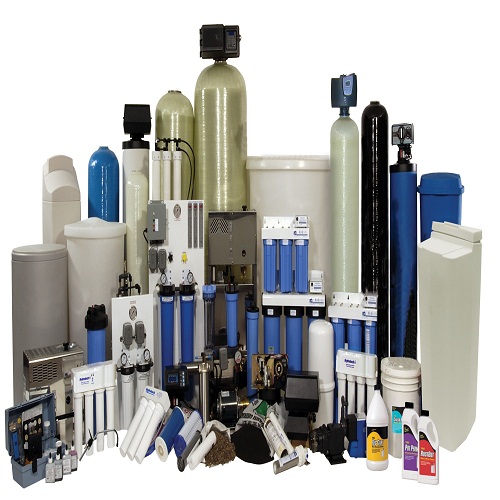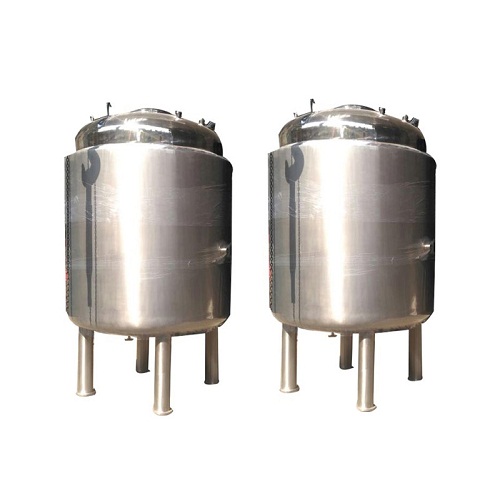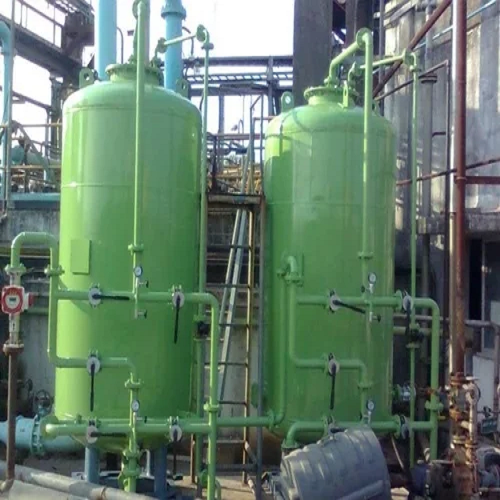
our category
EQUIPMENTS
Equipment Overview: Types, Importance, and Applications
Equipment refers to a broad range of machines, tools, or instruments used to perform specific tasks in various industries. These can include machinery, tools, devices, and systems designed for specialized operations, maintenance, production, or service purposes. Equipment plays a critical role in ensuring the smooth functioning of operations, improving efficiency, and boosting productivity in any field. Whether in manufacturing, construction, healthcare, or service industries, equipment is essential to carrying out tasks more effectively and safely.
Enquire Now
Types of Equipment
-
Industrial Equipment:
- This includes heavy-duty machines and tools used for large-scale manufacturing and production processes. Examples are lathes, milling machines, conveyor belts, and welding machines. Industrial equipment is integral to sectors like automotive, metalworking, and chemicals.
-
Construction Equipment:
- Construction equipment refers to machines used in construction projects such as excavators, bulldozers, cranes, and loaders. These are designed to move heavy materials, dig trenches, and perform various tasks necessary for building infrastructure, buildings, and roads.
-
Agricultural Equipment:
- Agricultural equipment includes machines used in farming, such as tractors, harvesters, plows, and irrigation systems. These machines help improve farming efficiency, reduce labor, and increase yield in agriculture.
-
Medical Equipment:
- Medical equipment is used in healthcare settings for diagnosis, treatment, and monitoring of patients. Examples include X-ray machines, MRI scanners, ventilators, and surgical instruments. These devices are crucial for providing high-quality healthcare services.
-
Laboratory Equipment:
- Laboratory equipment is designed for scientific research, experiments, and analysis. Key examples include microscopes, centrifuges, pH meters, and spectrometers. These tools help in precise measurement, observation, and testing.
-
Transport Equipment:
- Transport equipment involves vehicles and machines used to move goods and people from one location to another. Examples include trucks, forklifts, ships, airplanes, and bicycles. Transport equipment is vital for logistics, trade, and travel.
-
Power Generation Equipment:
- Power generation equipment is used to produce electricity. This category includes generators, wind turbines, solar panels, and hydroelectric turbines. Such equipment is fundamental to providing power to households, industries, and infrastructure.
-
Material Handling Equipment:
- Material handling equipment is used to move, store, control, and protect materials in industries. This includes cranes, hoists, pallet jacks, and forklifts. It aids in the efficient transportation and storage of raw materials or finished products.
-
Environmental Equipment:
- Environmental equipment focuses on maintaining and protecting the environment. Examples include wastewater treatment plants, air purifiers, recycling machines, and solar water heaters. These machines are crucial in reducing pollution and ensuring sustainability.
-
Office Equipment:
- Office equipment is used in everyday administrative and organizational tasks. Examples are computers, printers, fax machines, photocopiers, and projectors. These tools support productivity in work environments and administrative offices.
Importance of Equipment
-
Increased Efficiency:
- Equipment enables tasks to be performed faster, with less manual labor and fewer errors. By automating certain processes, industries and businesses can achieve greater productivity and reduce operational time.
-
Enhanced Safety:
- In many industries, equipment is designed with safety features to protect operators and workers. For example, construction machinery often includes safety mechanisms like rollover protection, while medical equipment is designed to reduce the risk of errors during treatment.
-
Improved Quality and Precision:
- Equipment, especially in fields like manufacturing and scientific research, allows for highly precise and consistent results. Machines like CNC (Computer Numerical Control) machines, for example, can create products with extremely high accuracy, which is difficult to achieve manually.
-
Cost-Effectiveness:
- Although acquiring equipment can involve a significant upfront cost, over time it can lead to cost savings by reducing labor, improving efficiency, and lowering the chances of defects or product wastage.
-
Productivity Boost:
- With the use of equipment, tasks that would traditionally require multiple people or long hours can be completed in less time, thus significantly increasing overall productivity in any given sector.
-
Support for Complex Tasks:
- Many industries require specialized equipment to handle complex or challenging tasks that human labor alone cannot efficiently or safely perform. In the healthcare sector, for instance, medical equipment is vital for performing surgeries or diagnosing diseases accurately.
-
Environmental Impact:
- Specialized equipment, like air pollution control devices or wastewater treatment systems, plays a significant role in reducing the environmental impact of industrial activities. Proper equipment use can help minimize resource consumption and promote sustainability.
Key Factors to Consider When Choosing Equipment
-
Purpose and Requirements:
- The primary factor in selecting equipment is understanding the specific task it is intended to accomplish. Equipment must be suited for the exact nature of the job—whether it's heavy-duty construction, medical diagnostics, or industrial manufacturing.
-
Capacity and Performance:
- Ensure that the equipment can handle the required capacity, whether in terms of volume, weight, or operational time. The performance characteristics, such as speed, precision, and durability, are critical to maintaining high productivity.
-
Cost:
- Equipment purchase costs can vary greatly depending on the technology, size, and features. Consider both the initial cost and ongoing operational costs, including maintenance, energy usage, and repairs.
-
Ease of Use:
- Equipment should be user-friendly and easy to operate. Complex or difficult-to-operate equipment may require specialized training or lead to inefficiencies in the long run.
-
Maintenance and Support:
- Regular maintenance is essential to ensure the longevity and effectiveness of equipment. When choosing equipment, consider the ease of maintenance, availability of spare parts, and after-sales support.
-
Energy Efficiency:
- Energy-efficient equipment can help lower operational costs, reduce energy consumption, and minimize environmental impact, particularly in large-scale industrial applications.
-
Compliance with Standards:
- Ensure that the equipment meets regulatory standards, industry norms, and safety guidelines. This is particularly important in industries like healthcare, food production, and pharmaceuticals, where non-compliance can lead to serious issues.
Applications of Equipment Across Industries
-
Manufacturing and Production:
- Industrial equipment in manufacturing settings includes machining tools, presses, molding machines, and assembly lines. These are used to produce parts, assemble products, and manage production processes efficiently.
-
Construction:
- Construction equipment, such as cranes, excavators, and paving machines, plays a crucial role in building roads, bridges, buildings, and other infrastructure. These machines are essential for heavy lifting, earthmoving, and material handling in construction projects.
-
Agriculture:
- In agriculture, equipment like tractors, combine harvesters, and plows are used to improve crop production, manage land, and process the harvest. These tools reduce labor costs and improve the speed and efficiency of farming operations.
-
Healthcare:
- Medical equipment such as MRI scanners, X-ray machines, surgical instruments, and patient monitoring systems are essential for diagnosing and treating medical conditions, ensuring patient safety, and improving healthcare outcomes.
-
Food Processing:
- In food processing, equipment like mixers, packaging machines, and blenders help in producing, packaging, and storing food products. These machines ensure consistency, hygiene, and safety in food production.
-
Energy:
- Power generation equipment like wind turbines, hydroelectric turbines, solar panels, and diesel generators are essential for generating electricity. These machines contribute to the efficient production of energy from renewable and non-renewable sources.
-
Waste Management:
- Waste processing equipment such as compactors, waste crushers, and incinerators help manage, process, and dispose of waste materials in an environmentally friendly and efficient manner.
Benefits of Using Equipment
-
Time-Saving:
- Equipment significantly reduces the time required to complete tasks compared to manual labor, allowing workers to focus on higher-value tasks.
-
Consistency:
- Equipment ensures consistent quality and output. Machines are programmed to perform repetitive tasks with high precision, which minimizes human errors.
-
Safety:
- Properly designed equipment often includes safety features to protect operators from hazards, such as automated shut-off mechanisms, alarms, and protective barriers.
-
Innovation:
- Advancements in technology have led to smarter, more automated, and energy-efficient equipment. This innovation helps businesses remain competitive in a rapidly changing marketplace.
Conclusion
Equipment is a cornerstone of nearly every industry, enabling businesses and organizations to perform tasks more effectively, efficiently, and safely. From construction and agriculture to healthcare and energy, equipment drives productivity, reduces operational costs, and improves quality. Choosing the right equipment involves considering several factors, including performance, cost, maintenance, and energy efficiency. In the ever-evolving world of industrial technology, staying up-to-date with the latest equipment innovations can provide a competitive edge, streamline operations, and contribute to long-term success.


